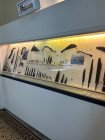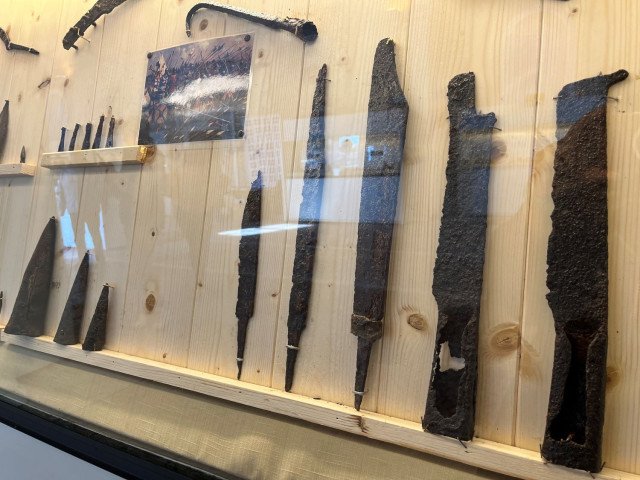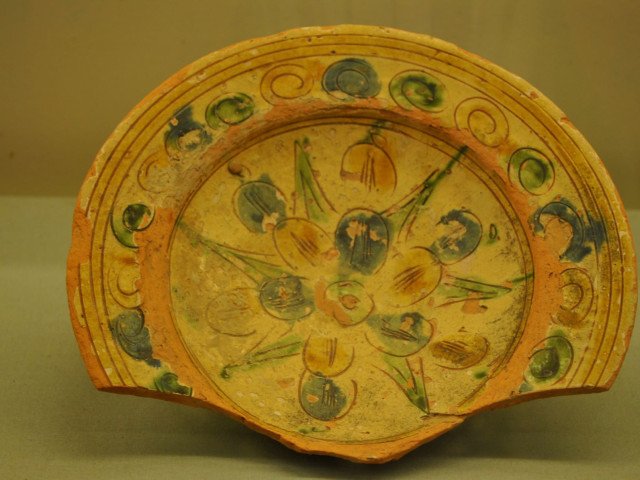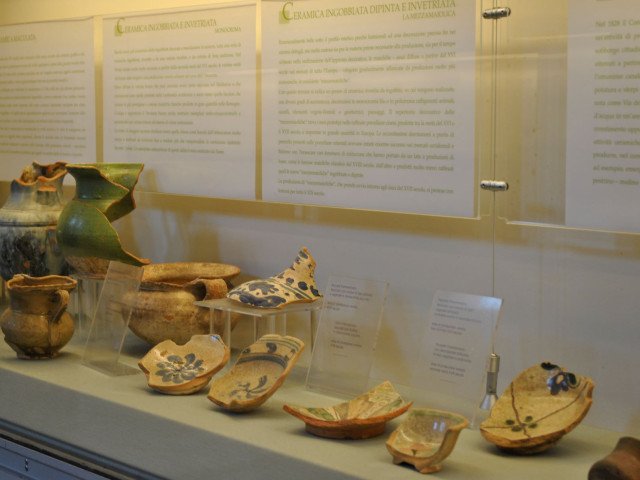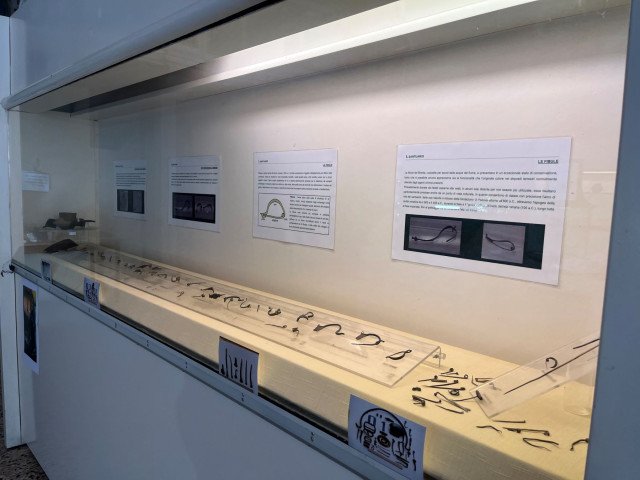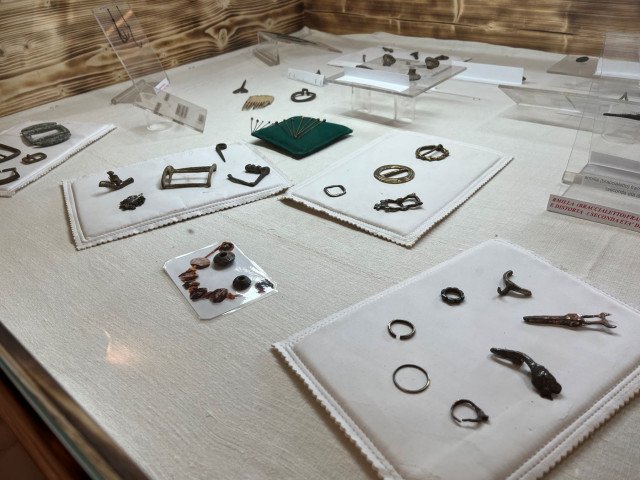Near the Brenta river, where the ancient via della Lana ran, a road of Roman origin that connected Padua to the Asiago plateau, is the church dedicated to S. Eufemia in which the Archaeological Environmental Museum of the Waters is located del Padovano (M.A.A.A.P).
A peculiarity of the museum is that each artifact preserved there is the result of numerous underwater explorations carried out along the paleo-bed of the Brenta and Bacchiglione rivers. Among the finds, the collection of metal objects, mainly in bronze, dating back to the 9th-10th century B.C. is significant and they were thrown into the river as a votive offering. There is also a large unit dedicated to Renaissance pottery datable between 1400 and 1799 AC.
The collection, together with the wall paintings present in the building, bears witness to the passing of the centuries on the site of S. Eufemia, which today has become the ideal environment for preserving the memory of the past and which in itself is a place which deserves to be visited. The current facade has an eighteenth-century character as does the vault of the church where the scene of the assumption into heaven of Saint Euphemia supported by the archangels has been depicted, a work to which the unity of reading was restored thanks to the restoration work completed in 2006.
However, the building hides much older origins. In fact, it stands on a proto-Christian sanctuary, as evidence of which remain a series of pins, fibulae, spearheads, coins exhibited in the museum and brought to light during the underwater reconnaissance carried out mainly in the nineties by the diving team led by Lamberto Galeazzo. In the museum there is also an elegant collection of graphite ceramics and engobed ceramics dating back to the 16th century, and the fresco fragments present in the northern room adjacent to the central apse probably date back to the same period, depicting scenes of public life together with the entrance arch to the ancient baptismal font, decorated with plant motifs and dominated by the white dove.
The slogan of the museum space is: "Not only a museum", since the already known activities of the past, such as conferences, meetings, concerts and didactics aimed at local schools of all levels, are joined by other activities such as theatrical performances, presentations of books, photographic and pictorial exhibitions, the river underwater archeology course. The MAAAP is a Multipurpose Cultural Center offered to all citizens.
Main goals:
- Recognize the cultural and landscape heritage as a common good and as a heritage received and to be transmitted.
- Increase the sense of belonging to the cultural heritage.
- Giving rise to partnership networks between schools, administrations, cultural institutions and the territory to which each one gives its contribution within a shared project.
- Elaborate "paths" of reflection and experience for the knowledge and understanding of the territory as a "widespread cultural asset".
- Make the visits and the acquaintances that the students will make significant for understanding the current world.
- Relating knowledge at the MAAAP with knowledge on a national, European and global scale.
- From the deconstruction of knowledge to the structuring for the purpose of a continuous and vertical curriculum that builds the historical culture of the Italian and European citizen.
- Making these discoveries effective for the training of citizenship skills.
Activities:
- The MAAAP is a Multipurpose Cultural Center open to all citizens. Conferences, concerts and teaching aimed at local schools of all levels are intended to complement other activities and events: choral singing, theater academies, dance, book presentations, photographic and pictorial exhibitions, craft courses.
Permanent collection:
The unit that contains more artifacts belonged to a protohistoric and Roman ages shrine, a community-based place of worship attended almost continuously from 750 B.C. to 400 A.D. Visitors will also find a large unit dedicated to Renaissance pottery datable between 1400 and 1799 AC. Studies of aerial and satellite photos and geomorphological analyses, conducted to direct on-site archeological research, made possible the reconstruction of the ancient ambient and the traces left by men on the area (river palaeochannels, roman centuriation works). Thus, a rich digital archive with images, historical documents, and videos helps us to enhance, together with its ancient origins, also its more recent past.










